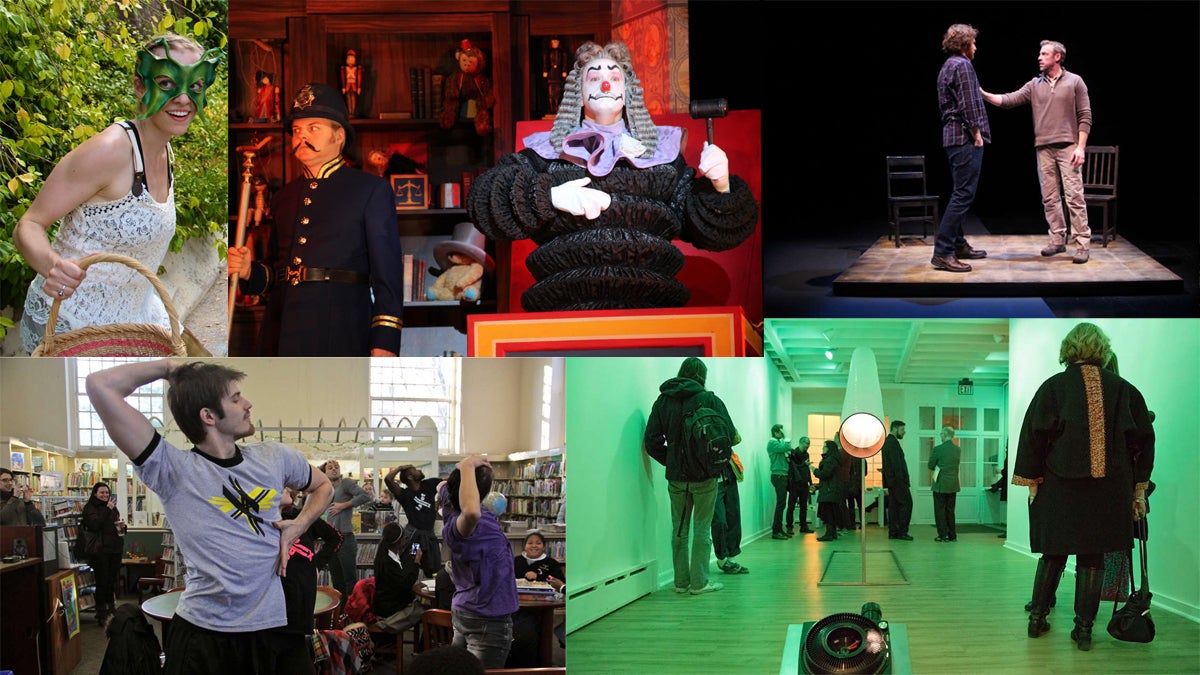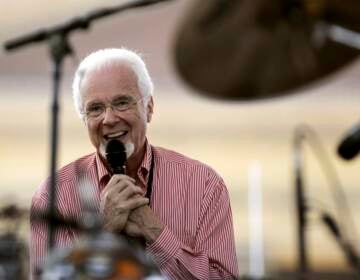William Penn Foundation study says Philly arts scene must cull dead wood to thrive

The William Penn Foundation is rethinking the way it distributes its arts dollars. (NewsWorks File Photos)
Arts organizations in Philadelphia need to know how to grow.
They also need to know how to die, according to a new study.
Over the last few decades, the Philadelphia region’s art sector has grown phenomenally both in terms of the number of organizations and physical growth of new buildings.
“Does Growth Equal Gain?” — the new arts study commissioned by the William Penn Foundation — suggests the region is oversaturated.
While the overall economy has improved since 2008, much of the arts sector is still underwater with many organizations operating in the red. The study, by the Boston-based research company TDC, says part of the problem is some leaders have not adjusted to new audiences with new ways of engaging with the arts.
More individuals are attending art-related events, but fewer are repeat visitors, the study said.
Another problem is that some struggling organizations don’t know when to call it quits. An insolvent dance company, for example, barely hanging on through a few small grants, can sap money from the overall sector.
“What we’re looking at, at the William Penn Foundation, is how we can be smart about decisions we make, looking at an organization’s ability to sustain over time,” said executive director Laura Sparks.
“That could mean looking for a new model for the organization; that could mean right-sizing the organization; that could mean recognizing the organization has come to its natural end and finding ways to support those organizations to wind down in a responsible way,” said Sparks.
Much of the foundation’s giving to the arts sector is focused on developing new ways to engage audiences, Sparks said, in particular the “millennials” who might grow up to become major donors.
Recently the William Penn Foundation stopped funding DanceUP and the Philadelphia Singers, effectively shutting them down.
On the other hand, the foundation has rewarded some organizations for embarking on ambitious, expensive models for drawing in new audiences, including FringeArts, Opera Philadelphia, and the experimental music presenter Ars Nova.
On Monday, William Penn Foundation representatives will meet with leaders of regional arts organizations to go over the study’s findings. Expected to attend are leaders of small and midsized organizations, many of which operate without a dedicated development staff to chase individual donors. As a result many are heavily dependent on single grants from large foundations, such as William Penn.
“That’s one of the reasons people get so sensitive to the changes that happen in foundations,” said Maud Lyon, president of the Greater Philadelphia Cultural Alliance. “I hope this report will generate good discussions amongst the leadership and boards of organizations about what they see their own future as being, and what they have to do to be sustainable.”
Disclosure: The William Penn Foundation supports WHYY.
WHYY is your source for fact-based, in-depth journalism and information. As a nonprofit organization, we rely on financial support from readers like you. Please give today.





